When Tesla’s first car launched back in 2008, the notion that the flashy, oddball electric Roadster would be a success seemed so ridiculous that several high-profile motoring publications declared that it wouldn’t be long until Tesla went the way of the dodo.
Skip forward eight years and it’s Tesla that’s having the last laugh as orders have poured in for its latest car, the Model 3. Such has been the hype surrounding the Model 3 that 115,000 prospective buyers put their names down for one on the first day, and not even a week later orders have now skyrocketed to more than a quarter of a million.
The Model 3 is the car that Tesla has promised its fans and its shareholders from day one: a sleek, quick, all-electric car that successfully pushes electric vehicles into the mainstream, pulling them out of the niche market they’ve inhabited for decades.
Speaking at the car’s launch late last month, Musk said: “It’s very important to accelerate the transition to sustainable transport. This is really important for the future of the world.”
To Musk, the Model 3 will be the Ford Model T for the modern day, a vehicle which completely revolutionises the world as we know it. As it turns out, the Model 3 isn’t just really important for the future of the world, it’s really important for the future of the company itself too.
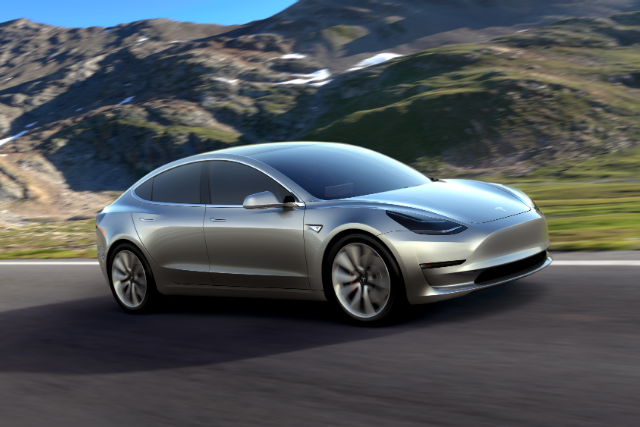
With its popular, cutting edge vehicles like the Model S and Model X SUV, you’d be forgiven for thinking that Tesla’s doing well from a fiscal point of view. After all, the Model S recently overtook the Nissan LEAF as the world’s top-selling all-electric vehicle, so it must be making a profit, right?
However, last year Tesla posted a net loss of $889 million, reducing what’s left over of its cash reserves from $1.9 billion in 2014 to just $1.2 billion last year. Part of the reason is because the company spent $718 million on research and development in the past few years, and shareholders have been getting antsy.
The high costs of both the Model S and the Model X put them both well above what the vast majority of motorists can afford, while they’re both still fairly niche products despite the recent surge in electric and hybrid vehicle uptake.
As a result, a smaller and more affordable car that’s still all Tesla is exactly the shot in the arm that the company’s coffers need, and it’s looking likely that the Model 3 will fulfil its purpose and be the car to do it.
Handsome to look at, with four doors and seats for five, the Model 3 mixes all the comfort and practicality of an upscale executive saloon with the benefits of electric motoring. It’s pretty fast too, with a 0-62mph time of around six seconds and, crucially, a range of at least 215 miles. If Tesla can deliver it for the claimed $27,500 list price, which equates to around £24,000, it’ll definitely be something of a bargain.
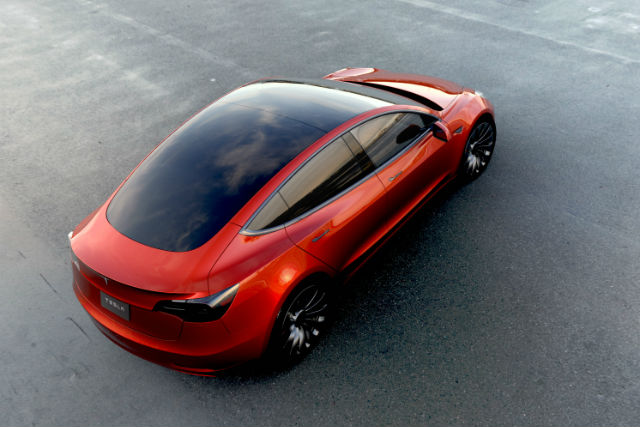
Much-needed financial boost
So far, the amount of pre-orders means that things are looking good. Just hours after the Model 3’s unveiling, the company’s stock price hit its highest point in six months, surging nearly 10 per cent from the previous day’s close to $229.77 to $237.59.
Arguably the more interesting numbers are the predictions from investors, which estimated that only 55,000 Model 3s would be ordered within the first 72 hours according to Time magazine. However, judging by the actual numbers the investors were way off, exceeding the expectations of even the most optimistic of Tesla fans.
Not bad for a company which was founded just over a decade ago and which so far has only delivered around 100,000 cars in total. Tesla Motors was founded in 2003 by Martin Eberhard and Marc Tarpenning, with Musk joining in early 2004 after selling PayPal to eBay for $1.4 billion.
After taking over as CEO in 2008, Musk oversaw the debut of the Roadster. Based on the Lotus Elise, the all-electric sports car could hit 62mph from a standstill in under four seconds and could return up to 245 miles before its battery needed a charge.
Then came the bigger and better Model S, which features a range of almost 300 miles and which remains a marvel with its blend of luxury saloon interior with performance that rivals even the quickest sports cars.
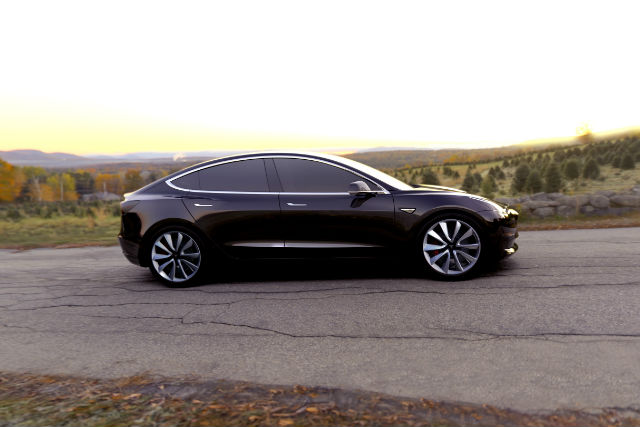
The success of the Model S then led to the construction of an international network of 1,600 quick-charge ‘Superchargers’, along with the handsome, gull-winged Model X crossover SUV, based on the same platform as the Model S.
Still, with the Model 3 its success will lie in its specifications and pricing, because so far all of Tesla’s offerings have been aimed squarely at the affluent. While the Roadster was the company’s proof of concept, the Model S and Model X made electric cars cool. The Model 3, consequently, is meant to achieve something even greater: sell electric motoring to the masses.
Perhaps it’s taken some of the wind from Tesla’s sails that General Motors beat it to the punch earlier this year with the introduction of the Chevrolet Bolt, an electric hatchback with a 200-mile range and a price of just over $30,000.
Affordable for the everyman and with enough juice to negate range anxiety, the number one thing that puts people off electric vehicles, the Bolt looks poised to be the first true mass-market electric car. Even cars like Nissan’s popular LEAF don’t have the mileage to compete.
Should Tesla be worried? Perhaps, but like Apple, Tesla has a proven ability to get people excited and it’s unlikely a quarter of a million people will be lining up to buy the latest electric Chevy. Unlike Chevrolet, Tesla won’t have to create a market for the Model 3, and the fact that so many people are willing to spend $1,000 for a spot on a production line is an incredible indicator of demand.
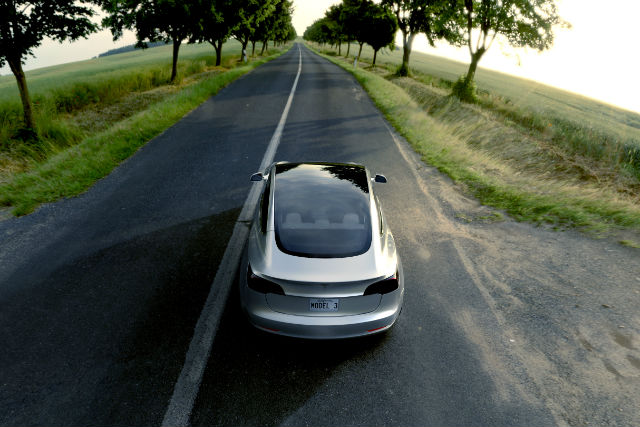
The most important car since the Model T?
Of course, not all of those pre-orders are likely to turn into sales and there are bound to be plenty of drop-outs along the way, but nonetheless it’ll come as good news to investors who this far haven’t seen much reward.
But all of this seems to have unfolded exactly how Musk envisioned it, when he wrote in a blog post all the way back in 2006: “Almost any new technology initially has high unit cost before it can be optimized and this is no less true for electric cars.
“The strategy of Tesla is to enter at the high end of the market, where customers are prepared to pay a premium, and then drive down market as fast as possible to higher unit volume and lower prices with each successive model.”
Thirteen years after it was founded, Tesla still apparently remains firmly in the first step of that process, and in fact in the past few years its cars have only gotten more expensive with pricey but popular upgrades like autopilot and four-wheel drive.
Yet why shouldn’t it? Carmakers don’t tend to make a lot of money on low-end vehicles, but luxury cars can offer margins of around eight to nine per cent, which is around double what they normally get from high-volume products.
Even with high-end competition as the likes of Porsche and BMW scramble to get a piece of the electric car market, Tesla could very easily just sit and crank out 100,000 or so saloons and SUVs to keep its customer base content.
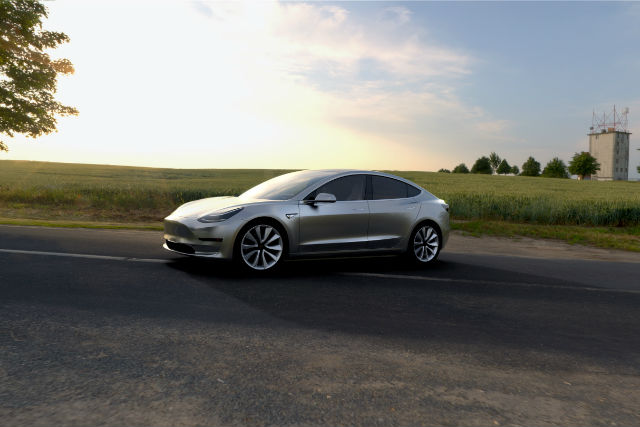
Nevertheless, that’s not how you keep investors on board, and even if it was Musk has something much bigger in mind: he doesn’t want to just build cars, more than anything he wants to change the world.
If there’s a car that can change the world the way the Model T did back in 1908, Tesla’s hoping that the Model 3 will be it. Standard features include the semi-autonomous autopilot feature that debuted on the Model S, along with five-star safety ratings and an interior that would make any tech geek foam at the mouth with excitement.
An exercise in minimalism, the Model 3 tosses out all gauges and buttons in favour of a large touchscreen, while it also ditches its front grille in favour of a sleeker design. The entire roof is glass, and later production models will reportedly feature a range of personalisation options.
Coupled with its class-leading range, the benefits of zero-emissions driving and potent performance, the Model 3 could genuinely be the best car you could buy for under £30,000. All the same, for all Musk’s talk of revolution, it’s still worth remembering that Tesla has delivered as many cars in the past year as General Motors tends to over the course of a weekend.
Still, Musk and Tesla have a knack for proving the doubters wrong, first with the Roadster, then with the S and the X. Bringing the electric car to the everyday driver has proven to be Musk’s biggest promise yet, but so far whenever he makes a promise, eventually he always delivers.



